How to make 3D art with Copilot
AUGUST 28, 2024
3 MIN READ
AI FOR: Creating
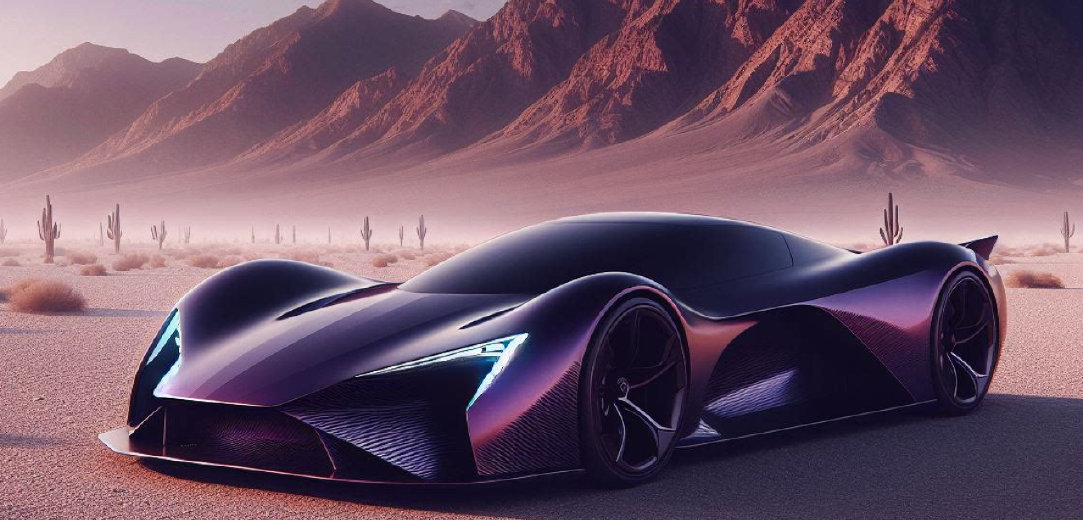
Credit: Designer in Copilot
For many of us, Copilot removes barriers to sharing our imaginations with the world. The scope of art we can create with the help of Copilot is massive, and that also includes 3D-style images. Learn how to generate 3D images with the help of Copilot.
What is 3D art?
3D art is a very broad category and refers to creations that exist in three dimensions—height, width, and depth. Unlike traditional 2D art, which is flat and lacks depth, 3D art allows us to explore spatial relationships and create immersive experiences.
Think of sculptures, architectural models, or even many animated characters in video games, all of these may fall under the umbrella of 3D art. While Copilot generates images in 2D, it can make art in the style of 3D, which emphasizes the depth of characters, objects, and scenes.
How do you make 3D art with Copilot?
Using Copilot as a 3D art generator is simple. It follows the same process as generating AI photos and other images, but there are a few tips you should know that are different from other AI image styles. So how do you make 3D art? Let’s dive into the basics.
Use 3D terminology and ask for guidance
When writing a prompt for 3D art, always mention “three-dimensional” or simply “3D.” For example, you can ask Copilot to “create a 3D image of a pool flowing outside of a marble mansion and into the sea.” You might then get an image like this:
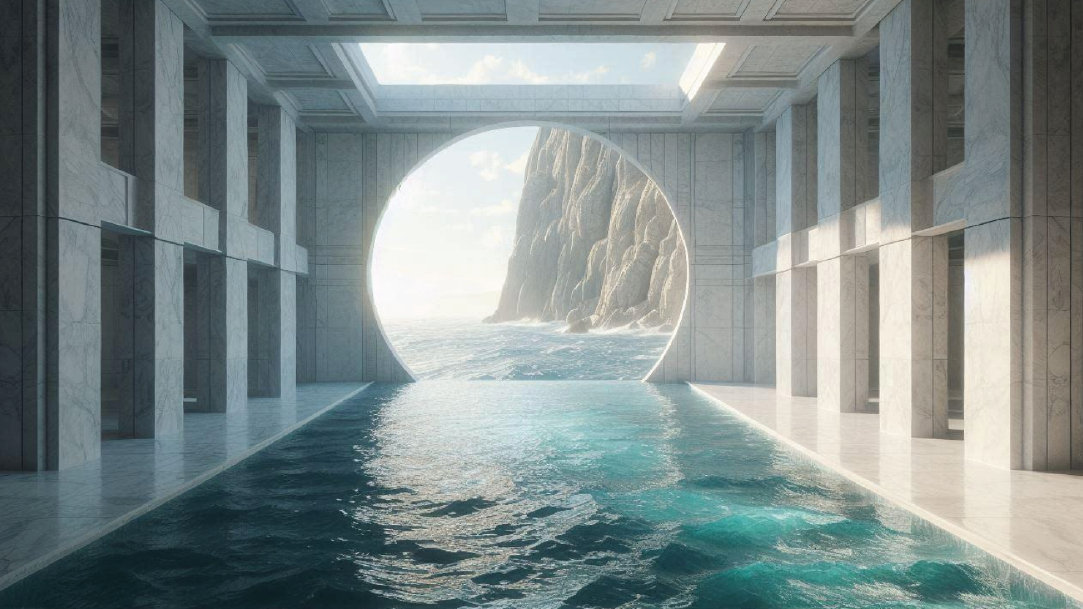
Credit: Designer in Copilot
Define texture, materials, and beyond
If you want visually appealing 3D digital art, use relevant details to your advantage by specifying any or all of the following:
- Materials such as diffuse, translucent, and emissive.
- Texture such as transparency, bumps, opacity, and other surface details.
- Lighting types such as spotlights, HDRI (High Dynamic Range Images), and directional lights.
- Compositional elements such as the rule of thirds, dynamic poses, and backdrops.
Not sure how to incorporate these terms into your prompt? Understandable. Just ask Copilot for guidance on creating 3D images, like choosing the right materials or lighting, and it will give you suggestions based on your vision.
Let’s say you want to generate an image of a rainbow jellyfish. Ask Copilot, “What materials, textures, lighting styles, and compositional elements should I include in my prompt to create a photorealistic 3D image of a jellyfish?” Copilot will then give you recommendations based on the subject and goal, which you can then incorporate into your prompt like this: “Generate a 3D-style image using a ray tracing technique of a rainbow jellyfish floating near the seabed using a combination of translucent shaders and subsurface scattering for the materials. For the tentacles, use a bioluminescent shader, and apply a subtle iridescent texture to the jellyfish bell. Make use of caustic light rays to create intricate patterns on the seabed and amplify underwater ambiance.”
And this could be the beautiful result:
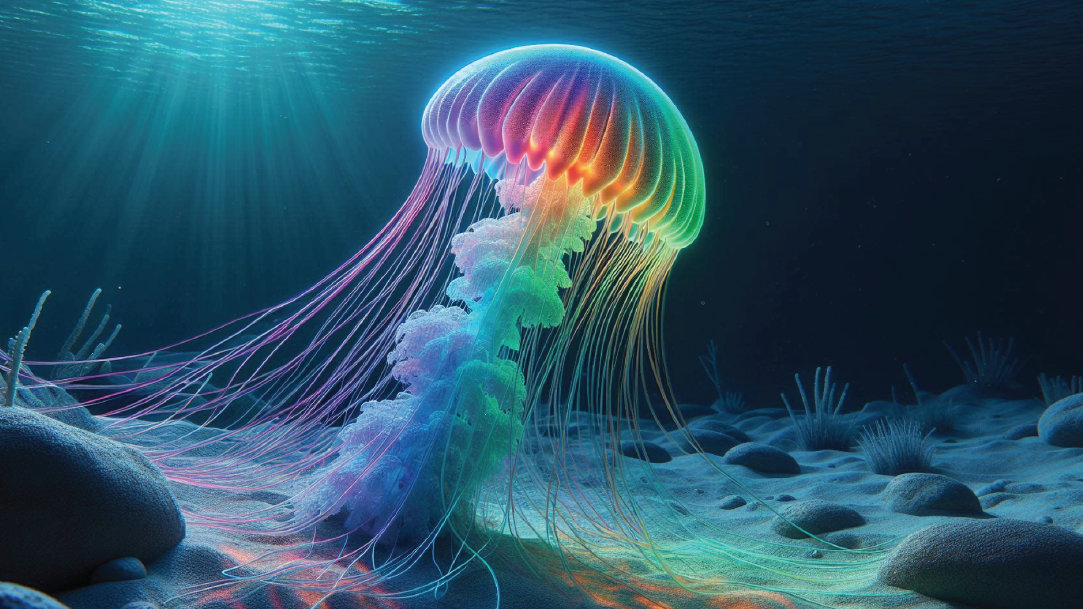
Credit: Designer in Copilot
Experiment with details and art styles
Don’t put yourself in a box: experiment with and modify your prompts to see what you get. 3D art also comes in all sorts of styles and can include anime, fantasy realism, cartoons, and so much more. And you can always ask Copilot for help finding the right style, composition, and more.
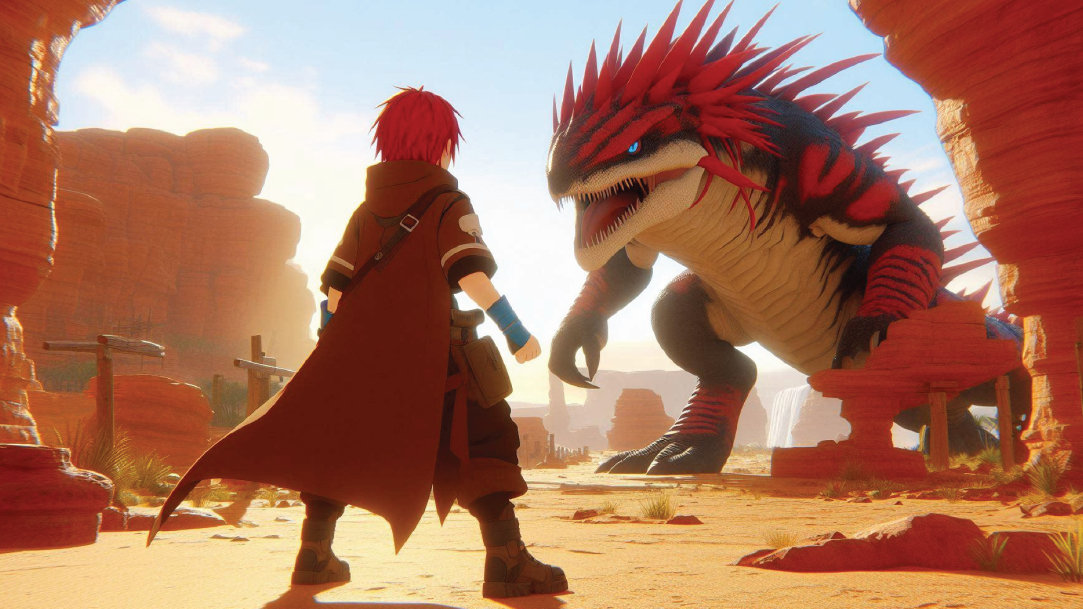
Credit: Designer in Copilot
Ready to start making your own 3D AI images? Just open Copilot or the Copilot app and put your imagination to work. And for more tips, head over to the AI Art Prompting Guide.
- Features and functionality subject to change.
- Articles are written specifically for the United States market; features, functionality, and availability may vary by region.
- At Microsoft, we are always updating and testing features to offer our users the best possible experiences as we experiment with new approaches to functionality. To improve the user experience and streamline our tools that empower creativity, Bing Image Creator is now Designer and Bing Chat is now Copilot. Create wow-worthy images with your words and AI with Designer, and try Copilot, your AI-powered search assistant for the web.
Products featured in this article
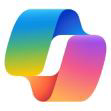
Copilot

Copilot app
-
21 November, 2023 - 4 MIN
Art and creative writing Copilot showcase
What can you create with Copilot? Let us show you.
-
29 February, 2024 - 2 MIN
Designer with DALL-E 3
Learn about how Designer has improved with its new DALL-E 3 integration.
-
29 February, 2024 - 2 MIN
Create digital art with Designer
Use AI to create and digitalize the art you’ve been envisioning.

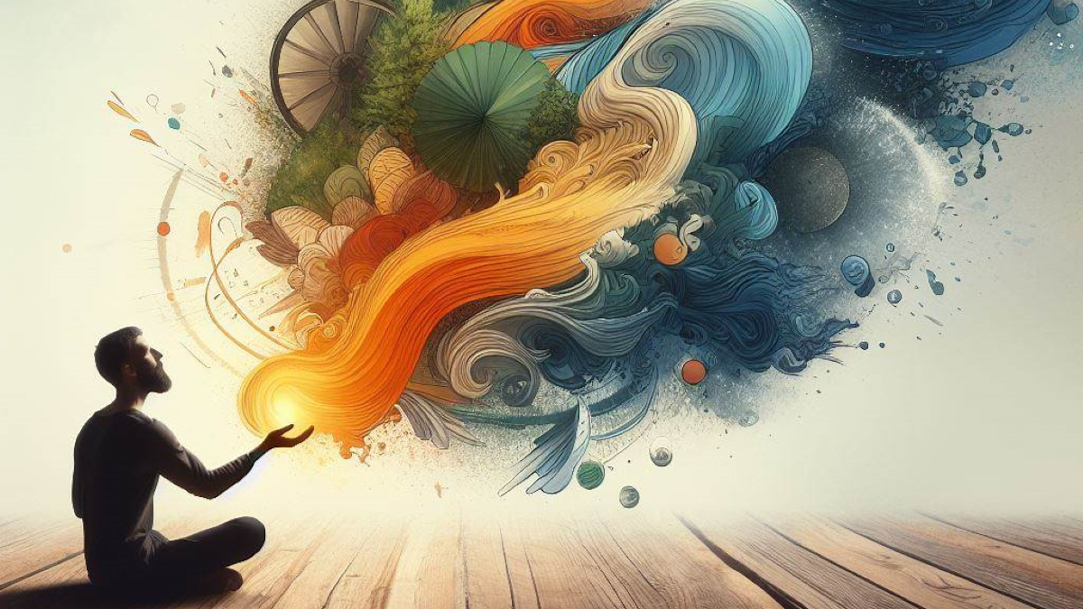


SHARE: